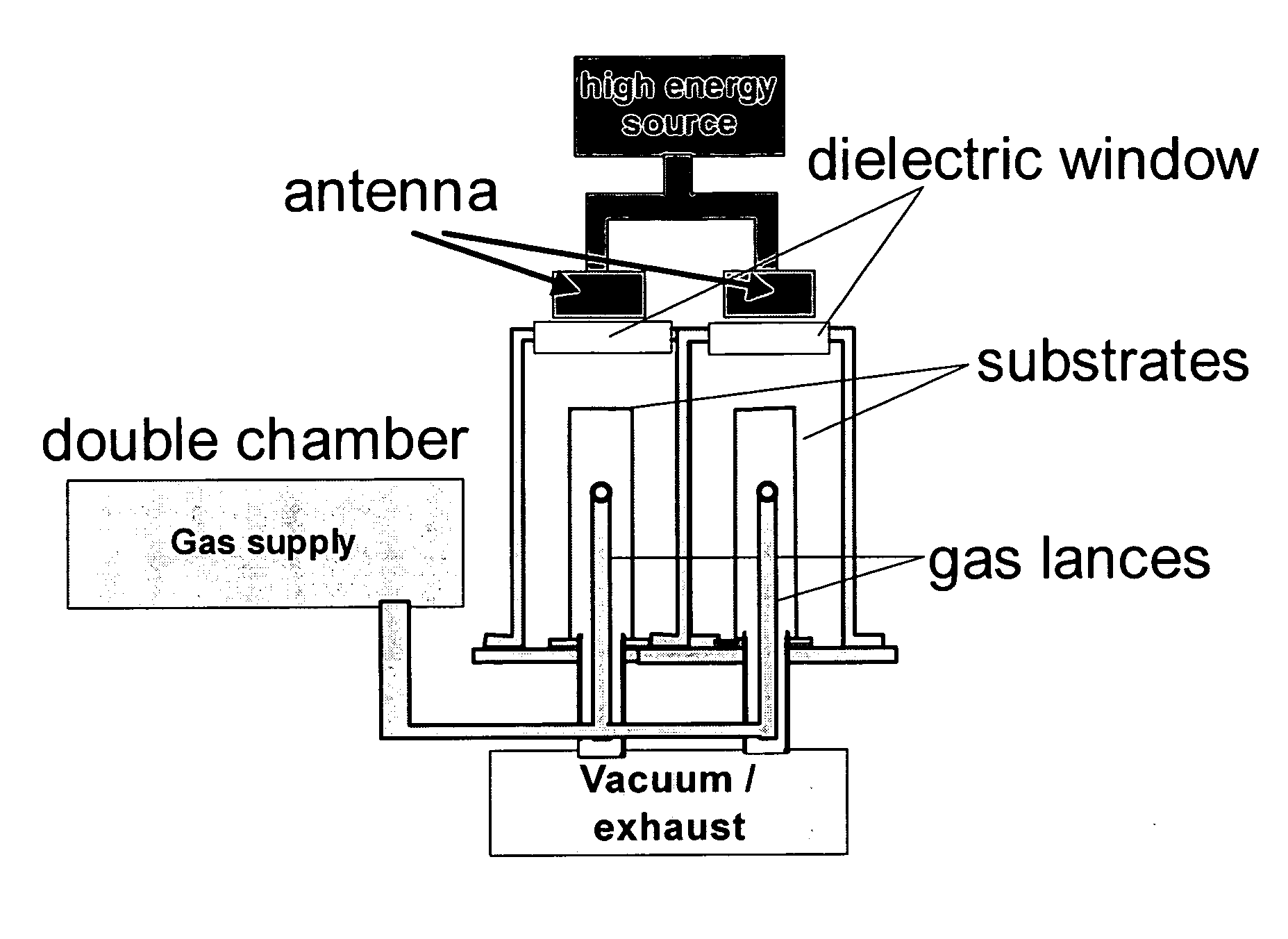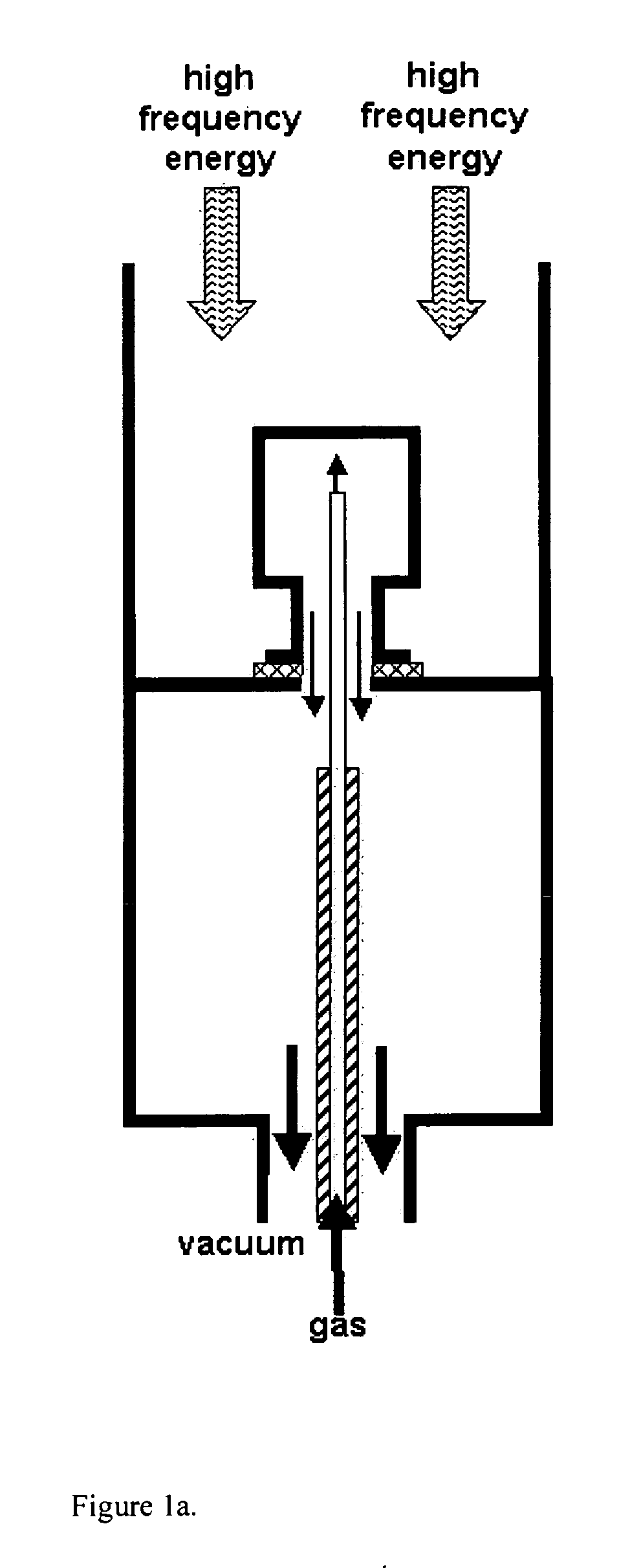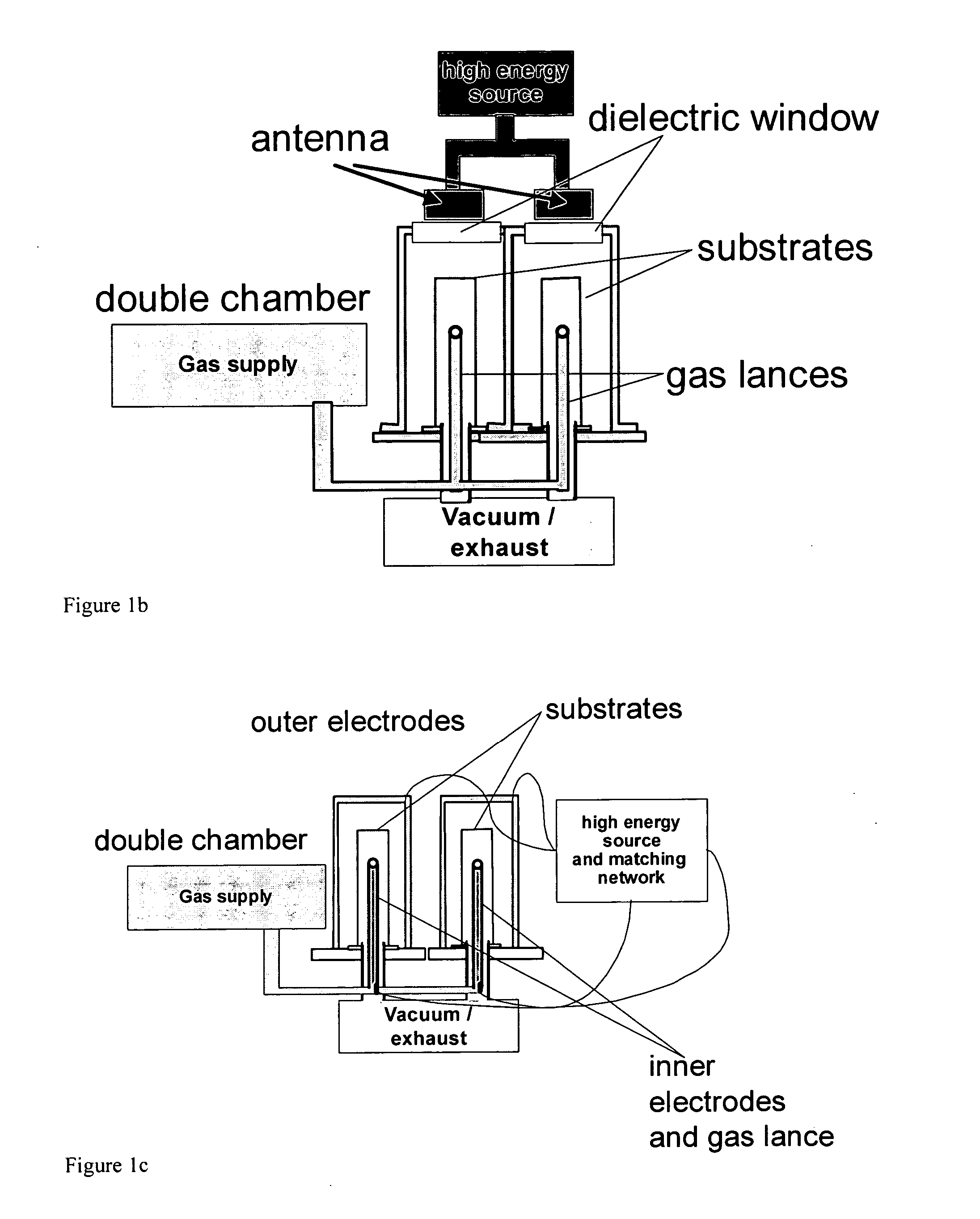Method of preparing a macromolecule deterrent surface on a pharmaceutical package
a macromolecule and packaging technology, applied in the field of improved packaging, can solve the problems of increasing the cost of overfilling the packaging container, affecting the quality of the packaging, so as to reduce the adsorption of protein
- Summary
- Abstract
- Description
- Claims
- Application Information
AI Technical Summary
Benefits of technology
Problems solved by technology
Method used
Image
Examples
examples
1) Testing of Generally Accepted Principles for Coatings that Reduce Binding of Proteins. Deterring Binding of Positively Charged Proteins.
[0041] Proteins such as histone and lysozyme are positively charged at physiological pH (around 7.4) and it is postulated that a positively charged surface should reject the regions of the proteins abundant in positive charges resulting in an overall decrease in the amount of protein adsorbed. Fluorescently labeled histone, human serum albumen, and lysozyme are incubated on a surface that has been coated with an aminosilane (C. G. Panto, E. Metwalli, S. Conzone, D. Haines U.S. Pat. No. 6,916,541 B2). The proteins are incubated at different pH values. A control of bovine serum albumin (BSA) is also included. This protein has an acidic p1 (5.2) and would be mostly negatively charged at the pH values tested.
[0042] The results shown in FIG. 3 demonstrate the effect of the positively charged surface, where the positively charged proteins (i.e., his...
PUM
| Property | Measurement | Unit |
|---|---|---|
| Fraction | aaaaa | aaaaa |
| Fraction | aaaaa | aaaaa |
| Fraction | aaaaa | aaaaa |
Abstract
Description
Claims
Application Information
 Login to View More
Login to View More - R&D
- Intellectual Property
- Life Sciences
- Materials
- Tech Scout
- Unparalleled Data Quality
- Higher Quality Content
- 60% Fewer Hallucinations
Browse by: Latest US Patents, China's latest patents, Technical Efficacy Thesaurus, Application Domain, Technology Topic, Popular Technical Reports.
© 2025 PatSnap. All rights reserved.Legal|Privacy policy|Modern Slavery Act Transparency Statement|Sitemap|About US| Contact US: help@patsnap.com



